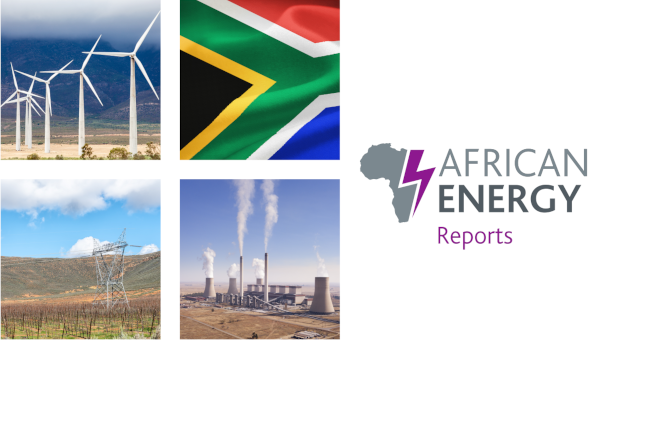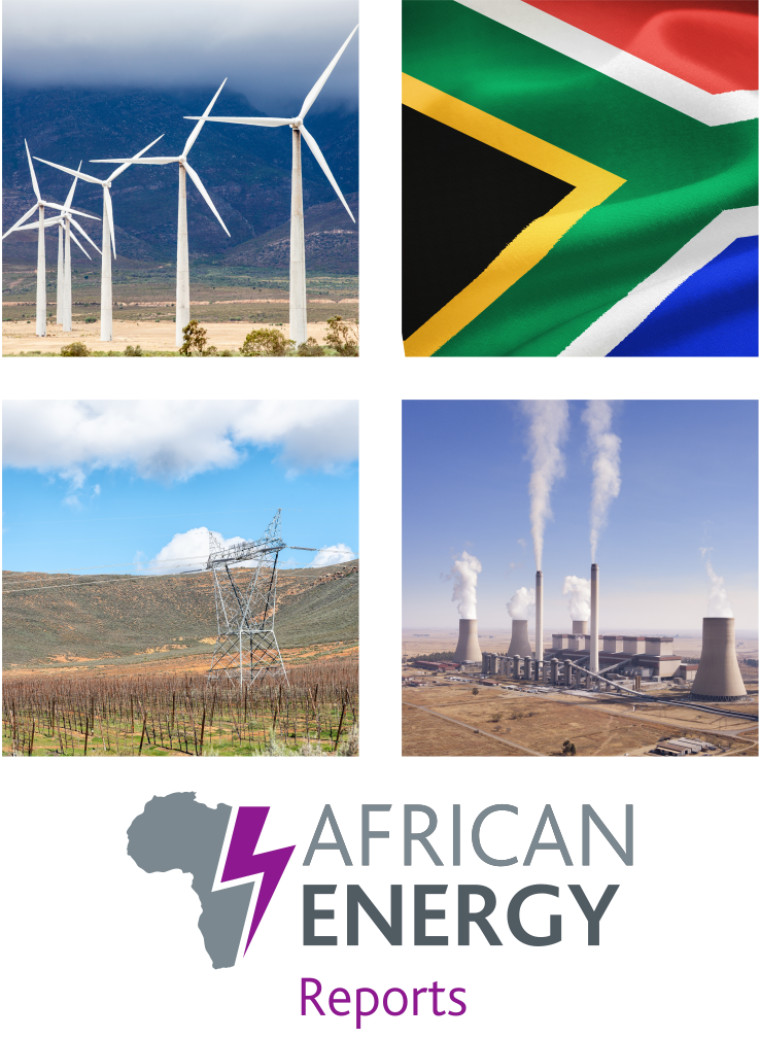
The energy needs of the largest energy consumers are now setting the agenda in South Africa, with an extraordinary boom in C&I power procurement that is changing the shape of the ESI.
The opportunities are great but so are the risks, with huge unanswered questions about whether this improvised transition can deliver reliable, low-carbon power for both corporate and retail customers.
African Energy has investigated the main trends in this rapidly evolving situation, and looked at how the generation, transmission and regulatory landscape is likely to evolve in the coming period.

In a major investigation, African Energy’s editorial and data teams have probed unanswered questions about South Africa’s energy transition, which is being shaped by large corporations and their need for reliable, low-carbon power. The results show a booming private sector electricity market that is also unpredictable and freighted with risk for all participants.
Read the introductory analysis
The future of electric power generation in South Africa is no longer in the hands of state-owned utility Eskom. Although it controls more than 80% of installed capacity, including 45GW of coal-fired generation, changes in the electricity supply industry are now being driven by the installation of many gigawatts-worth of captive solar photovoltaic (PV) generation, following the removal of licence restrictions in December.
Read more
African Energy Live Data started consistently monitoring power project pipelines across the continent eight years ago. An analysis of the figures for South Africa shows a tragic lost opportunity in the shape of many gigawatts of potential renewable generation capacity with no foreseeable chance of being connected to the grid.
According to Live Data, some 28.67GW worth of projects reached some level of development supported by a named sponsor, but are not part of any procurement programme or a captive offtake agreement. Without a drastic increase in connection capacity, most will never advance.
Read more
Eskom’s most recent Transmission Development Plan (TDP) 2023-32 and Grid Connection Capacity Assessment (GCCA) 2025 showed there was no capacity for additional power to be connected to the grid in the entire western half of South Africa, the location of almost all planned wind generation projects and a large amount of solar and other potential capacity.
Read more
Watch a clip of the authors discussing one of the key points of our research.
Access via a report
Subscribe to African Energy
Issue 499 - 30 January 2024
Issue 498 - 18 January 2024

Other